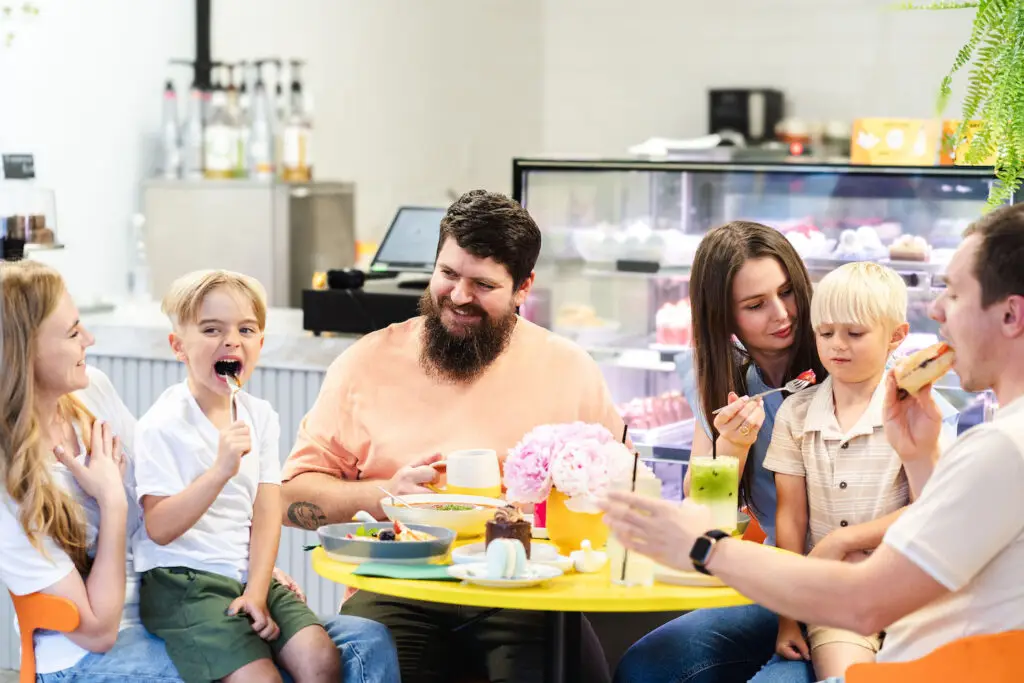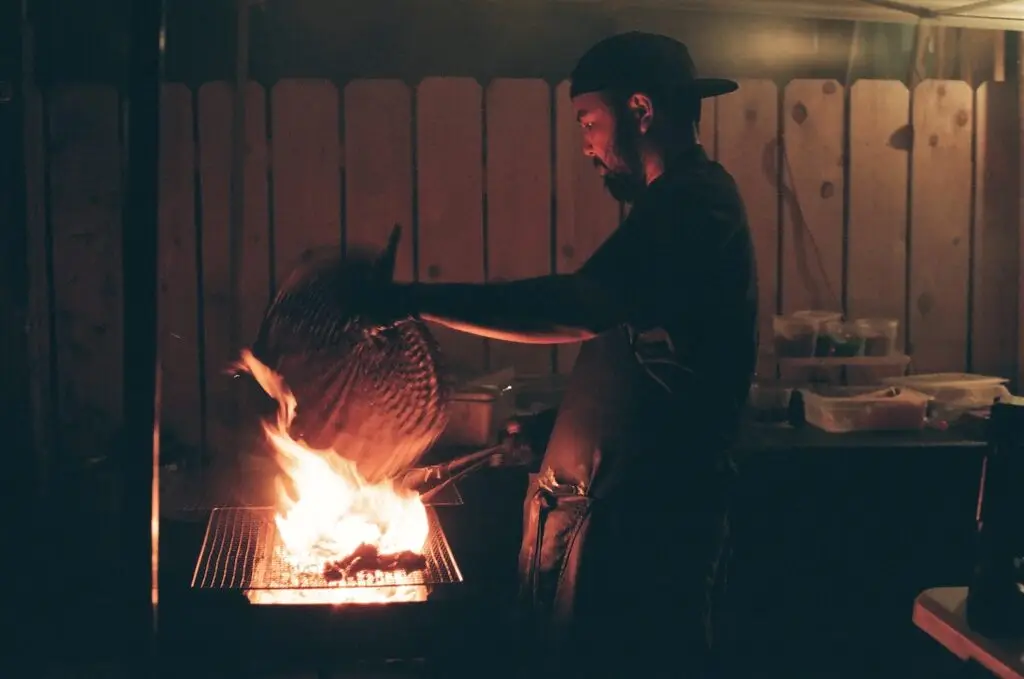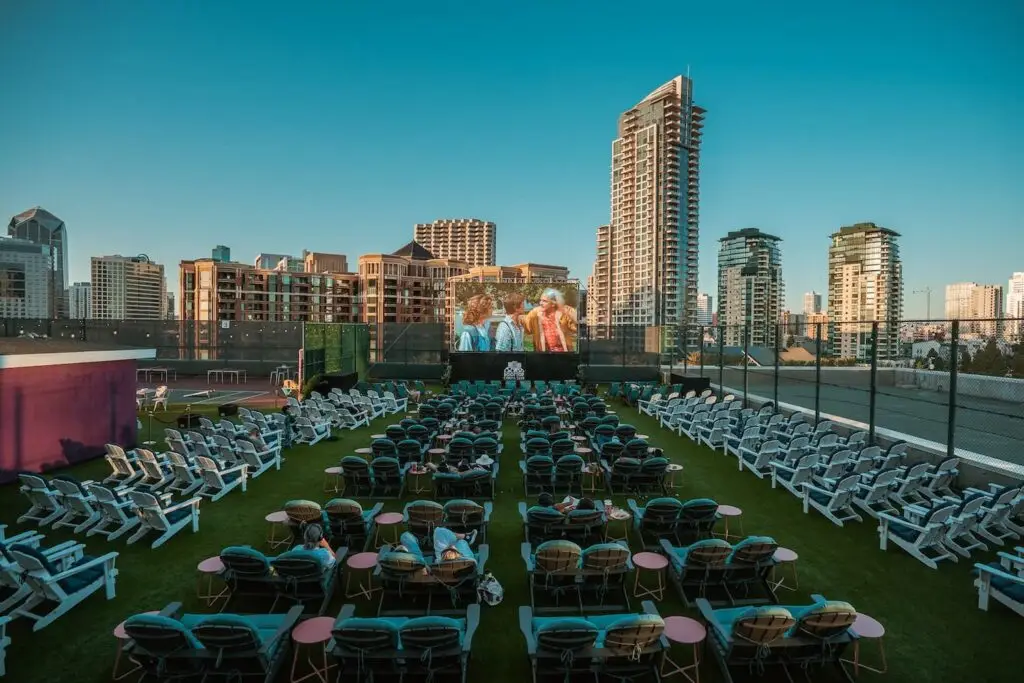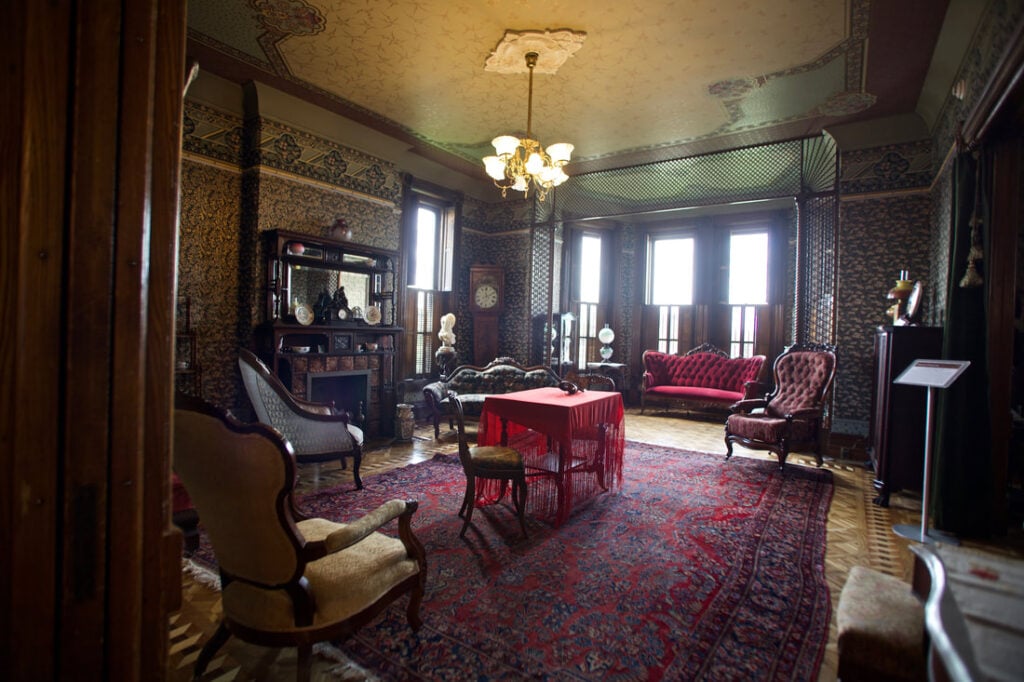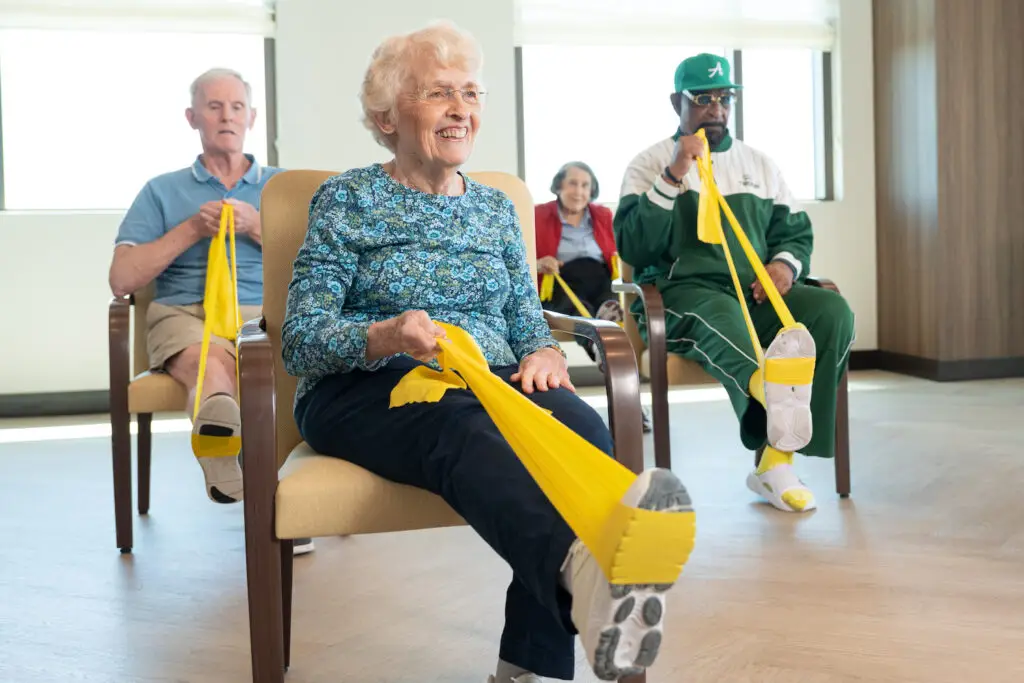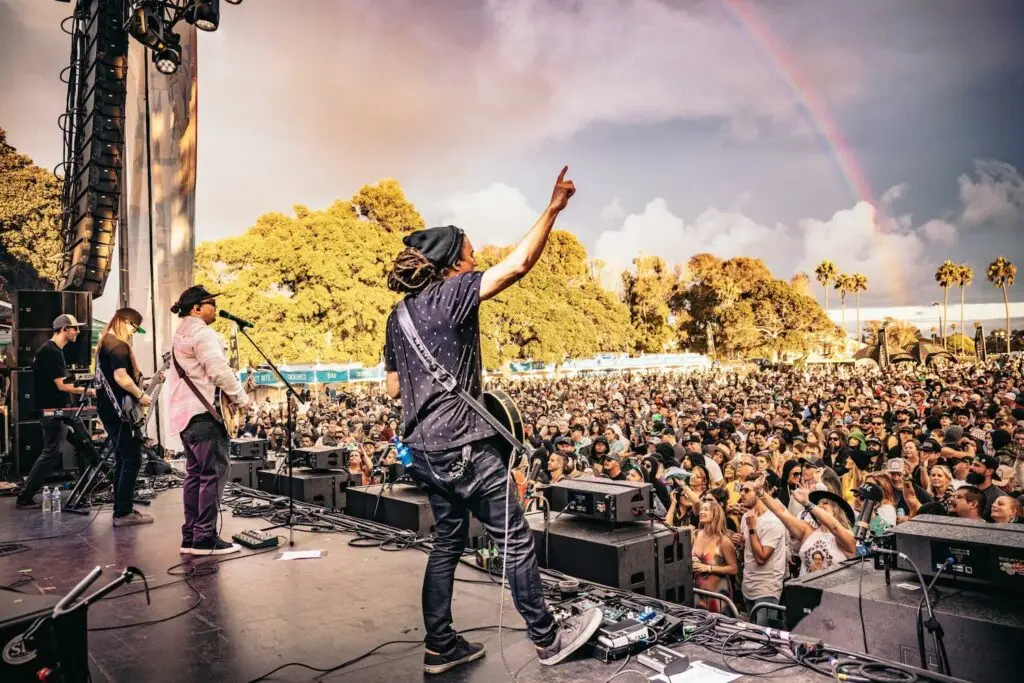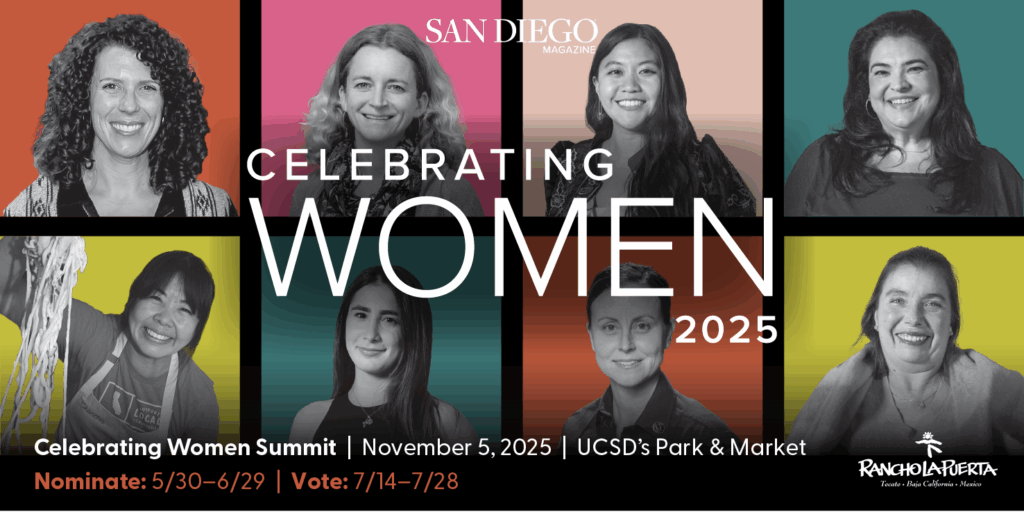The pandemic has affected nearly all facets of society, upending lives and sending businesses and nonprofits alike into a tailspin of uncertainty. Like their counterparts across the country, San Diego nonprofits directly helping those impacted—or that had been impacted themselves—had to innovate and re-evaluate what role charitable giving would play in this new normal.
Nonprofits on the front lines of COVID-19 response understandably garnered a lot of initial support, but arts organizations and others that relied on in-person events faced the challenge of how to engage donors without those offerings. Soraya Alexander, senior vice president of Marketing and Customer Growth for online fundraising platform Classy, says that the solution involved thinking outside the box: “We were expecting that in times of such economic pressure people would start closing their wallets, but people have been incredibly generous. And the way they’re being generous has really changed.”
Shifting Priorities
For United Way of San Diego County and many other local nonprofits, the pandemic meant rethinking its big-ticket events. Social distancing recommendations threw a wrench into the planning of galas already months in the making, and traditional event-based fundraising was put on hold indefinitely.
Before the pandemic, United Way had been going all in on its Centennial Celebration—an organization only turns 100 once, after all—and was planning a gala for 600–700 people at Port Pavilion. Once the pandemic hit, the organization got busy ramping up its food distribution efforts and operating its new, much-appreciated Worker Assistance Initiative, which helped individuals with their rent, mortgage, and utility bills. It received about 8,400 applications in its first two weeks.
“We had no idea what the future was going to hold,” says Nancy Sasaki, CEO of United Way of San Diego County. As the pandemic stretched on, the centennial’s planners first considered scaling down their diamond anniversary, then ultimately made the decision to go virtual.
They wanted to make sure their event still honored the past, the present, and the future in a fun way. With a date set for early October, they had plenty of time to study other virtual fundraisers and craft a plan.
“When you’re planning, you’re shooting in the dark because you have nothing to compare to; there’s nothing in the past you can say, ‘That’s what it should look like now,” Sasaki says. “We were fortunate that other nonprofits had to make that shift before we did, so we got to see what works and what didn’t, because when you’re online, your attention span is very different.”
To drive up interest, United Way incentivized ticket sales, including a chance to win two tickets to anywhere Southwest Airlines flies, and took the bidding for their silent auction online. Planners also took cues from news media on how to maintain viewers’ attention while moving from topic to topic, settling on a mix of live-streamed and prerecorded segments to minimize glitches. They modeled their centennial event after the TV telethons of yore, with a 21st-century twist—participants could text to donate. They also hired local musicians and performers, who are hurting for gigs at the moment too.
Updates Equal Engagement
Some organizations are using online platforms like Zoom and YouTube to connect with donors and show them how their contributions are helping those in need.
“When COVID hit, we realized what a significant impact it was going to have on our community and that there was going to be a place for philanthropy and charitable giving to play a significant role,” says Brian Zumbano, vice president of Development and Stewardship for The San Diego Foundation.
In the early days of the pandemic, the foundation drew from previous disaster response experience and assembled a regional coalition to launch the San Diego COVID-19 Community Response Fund. The fund bolsters nonprofits that are working to provide food, compensate for lost income, and help with rent and utilities; it also helps sustain their counterparts who were adversely impacted by the pandemic.
In a crisis situation, people want to give, Zumbano says. The San Diego Foundation’s existing fundholders jumped in right away, donating millions. Local foundations, businesses, and individuals stepped up too. By October, the fund had raised more than $50 million. On top of phone calls and other traditional means of contacting its fundholders, the foundation updated them through webinars with info on where help was still needed. Individual donors could also give smaller amounts through the foundation’s website.
“This isn’t over,” Zumbano says. “Even when the disease is gone, the impact and the need for philanthropic support to help the community is going to stay around for a very long time.”
Canceled Plans, Creative Solutions
The coronavirus prompted Rady Children’s Hospital Foundation to halt in-person plans for its upcoming 112th Charity Ball. The long-running annual event had previously only been canceled during the World Wars and the Great Depression.
“The Charity Ball is the antithesis of social distancing,” says Ellen Moxham, a member of the event’s advisory committee. “We quickly realized that it very likely was not something we would be able to schedule for February.”
The group remained committed to the cause and began to rethink its fundraising initiative. The 2021 ball was slated to benefit programs related to mental and behavioral health, which were themselves already a public health crisis before the pandemic. “We recognized that we must not allow the thread to be broken and must carry on our tradition, especially at a time when children and families are struggling,” Moxham says.
They funneled their fundraising efforts into finding sponsors, advertisers, and underwriters for a special edition of the Charity Ball program, which will be unveiled during a virtual VIP reception on February 26. The program will chronicle this eventful year’s philanthropic efforts and explore themes of nature and the outdoors, which should allow subjects being photographed to maintain a safe distance. The program will feature art by renowned illustrator Rafael López, whose son was treated at Rady Children’s. Once completed, the program will be sent to donors, available to the public as a downloadable PDF, and archived at the San Diego History Center along with those of previous years.
“We’re carrying out our same mission and putting children first, as we always have,” Moxham says. “There’s a real sense of responsibility when you’re part of an organization that has a 112-year history. It’s sort of like carrying the Olympic torch; you must keep it alive.”
The Show Must Go On
Performing arts organizations suffered a substantial blow when productions were paused and venues went dark at the start of the pandemic. The San Diego Opera became the first opera company in the country to cancel a production, when parents of the youth chorus that was supposed to guest star were hesitant to travel from out of state. But instead of accepting that as their last curtain call, the team buckled down and brainstormed new ways to engage their patrons.
The opera postponed upcoming productions not already in the works and let ticket holders choose to receive a refund, convert the value to a charitable donation, or carry the value forward to a future show. Only about 15 percent wanted their money back.
“This community is behind us,” says the opera’s general director, David Bennett. “They saw us through some difficult times not too long ago, and I think everyone wants to make sure we’re going to be here in the future.”
They also came up with an evolving repertoire of online offerings to deepen their relationship with existing supporters and draw in new ones. The series began with Zoom discussions about San Diego Opera’s productions, which were later edited and shown on YouTube. The popularity of this series soared, and soon other distinctive virtual events were added to the mix, among them Apertivo with Artists, a series of conversations with big-name players in the opera world, and Ópera en tu Sofá, a celebration of Hispanic musical heritage. The opera began inching its way back into live performances as well, with a drive-in-movie-style performance of La Bohème.
“We started off these events as mostly conversations, and now we’re starting to weave in actual performances,” Bennett says. “It’s another way to use the medium we have to connect with a live performance and be thankful at the same time.”
What We’ve Learned
Virtual events are a relatively new medium for many organizations, and their popularity has skyrocketed in recent months as nonprofits have had to pivot and rethink their delivery.
Classy’s Soraya Alexander says the positives are many. In addition to convenience for the audience and lower production costs, this format lifts geographic barriers and the speakers, guests, and performers can stream or record segments without travel or lengthy time commitments. The organizations that are doing it well are making it exciting and engaging while also showing their impact.
“Even if we go back to ‘normal,’ we’re never getting rid of virtual events,” Alexander says. “There’s so much benefit.”
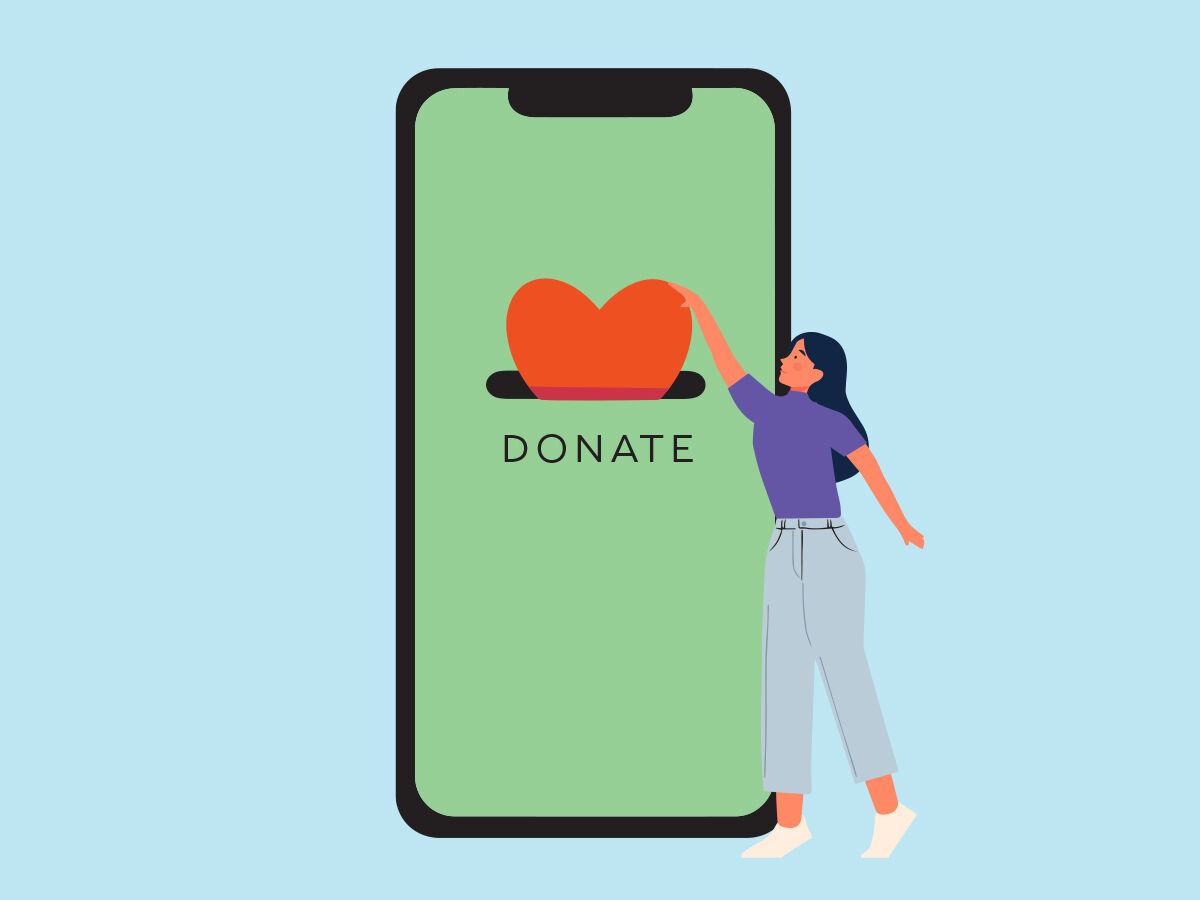
Philanthropy in a Pandemic

